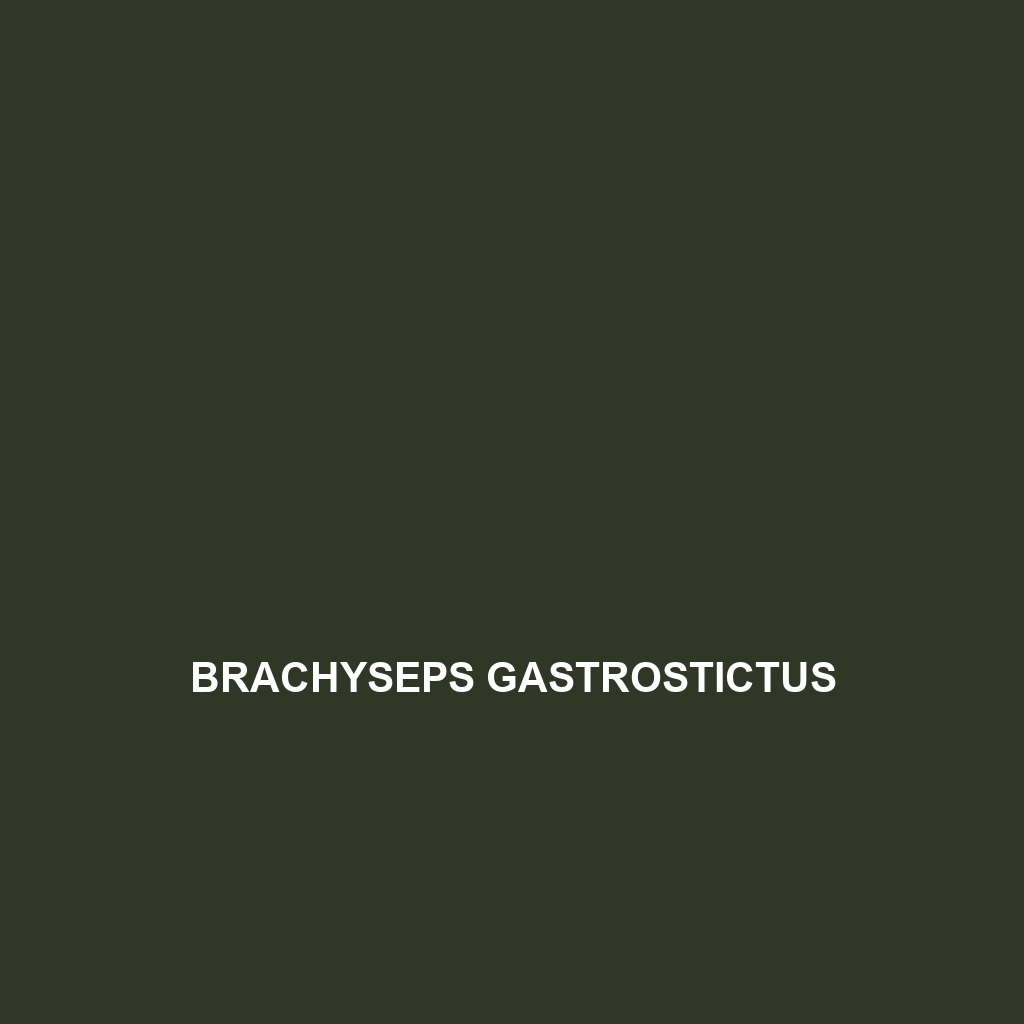
Tag: conservation status
-

Brasiliscincus agilis
Brasiliscincus agilis, commonly known as the agile skink, is a small, diurnal skink found in the subtropical forests of southeastern Brazil. Typically measuring 10 to 15 cm, this vulnerable species plays a crucial role in controlling insect populations and features a sleek body with a brown to dark gray color, often adorned with lighter stripes…
-

Bradypodion transvaalense
Discover the vibrant Bradypodion transvaalense, also known as the Transvaal chameleon, a small, arboreal chameleon native to the woodlands of northeastern South Africa, characterized by its exceptional color-changing ability and distinctive casque. This fascinating species, measuring 15-20 cm, primarily feeds on insects and plays a crucial role in maintaining ecological balance within its habitat.
-

Bradypodion caffrum
Discover the vibrant Bradypodion caffrum, or Cape dwarf chameleon, native to South Africa’s fynbos and forest habitats. With stunning colors, unique behaviors, and a vital role in the ecosystem, this insectivorous species is both a predator and prey, showcasing remarkable adaptations like a prehensile tail and color-changing abilities.
-

Brachyurophis semifasciatus
Discover the Semi-banded Snake (Brachyurophis semifasciatus), a slender and nocturnal reptile native to Australia, known for its impressive camouflage and diet consisting mainly of small reptiles and invertebrates. With a length of 60 to 90 cm, this species plays a vital role in its ecosystem while exhibiting unique behaviors such as burrowing and rolling into…
-

Brachyurophis roperi
Discover Roper’s Brachyurophis (Brachyurophis roperi), a slender, nocturnal snake native to the arid regions of central and western Australia, characterized by its sandy or light brown coloration and distinctive dark bands. This secretive species thrives in sandy soils, feeding primarily on small vertebrates and playing a crucial role in maintaining ecological balance.
-

Brachyurophis australis
Brachyurophis australis, or the eastern smooth snake, is a fossorial species native to southeastern Australia, thriving in sandy woodlands and coastal heath. Known for its slender body and effective camouflage, this nocturnal predator primarily preys on small reptiles and plays a crucial role in its ecosystem.
-

Brachyseps gastrostictus
Discover the Brachyseps gastrostictus, or striped skink, a unique species native to the moist woodlands of Madagascar, known for its striking dark stripes, ovoviviparous reproduction, and vital ecological role in controlling insect populations. With a diet of insects and a penchant for climbing, this agile skink is classified as vulnerable due to habitat loss, emphasizing…
-

Brachyorrhos pygmaeus
Discover the captivating Brachyorrhos pygmaeus, a small, vibrant green and brown reptile native to the tropical rainforests of Southeast Asia. This insectivorous species plays a crucial role in maintaining ecological balance by controlling insect populations, while its striking coloration and agility enhance its survival in dense vegetation.
-

Brachymeles wrighti
Discover the fascinating Brachymeles wrighti, a medium-sized, nocturnal lizard native to the lush rainforests of the Philippines, known for its unique snake-like appearance, fossorial lifestyle, and role in controlling insect populations. This species exhibits remarkable adaptations, including autotomy for defense, and is currently classified as ‘Vulnerable’ due to habitat loss.
Search
Popular Posts
-
Clelia clelia
Discover the Eastern Racer, Clelia clelia, a stunning snake native to Central and South America, known for its striking black and yellow scales and agility. This diurnal predator thrives in tropical habitats, playing a vital role in local ecosystems by controlling populations of frogs and small mammals.
-
Craspedocephalus puniceus
Discover the vibrant Craspedocephalus puniceus, or Scarlet-headed Rock Python, known for its striking red head and patterned body, thriving in the tropical forests of Southeast Asia. This nocturnal predator plays a crucial role in its ecosystem, controlling rodent populations while exhibiting unique climbing behaviors and territorial displays.
-
Craspedocephalus gramineus
Discover the Craspedocephalus gramineus, or grassy-headed snake, a vulnerable species native to tropical grasslands in South America, characterized by its greenish-yellow coloration and nocturnal hunting behavior. This slender snake plays a vital role in its ecosystem, preying on small mammals and insects while showcasing impressive camouflage against its natural habitat.
Categories
Archives
Tags
animal adaptations (663) animal behavior (4569) animal reproduction (743) bat species (661) behavior (911) biodiversity (6468) conservation (1670) conservation efforts (1240) conservation status (4275) diet (2087) echolocation (822) ecological balance (1109) ecological role (1096) ecology (783) ecosystem (1467) ecosystem role (2480) ecosystem roles (539) endangered species (2280) environmental conservation (593) grasslands (520) habitat (3199) habitat conservation (813) Habitat Destruction (806) habitat loss (2616) herbivorous diet (517) IUCN Red List (1072) nocturnal (571) nocturnal animals (2678) nocturnal behavior (2108) omnivorous diet (585) physical characteristics (1921) reproduction (2821) rodent (677) rodent species (1325) seed dispersal (2023) Seed Disperser (949) seed dispersers (584) small mammals (1155) South America (769) species description (606) tropical forests (871) Vulnerable Species (3769) wildlife (2504) wildlife conservation (3993) wildlife protection (689)



